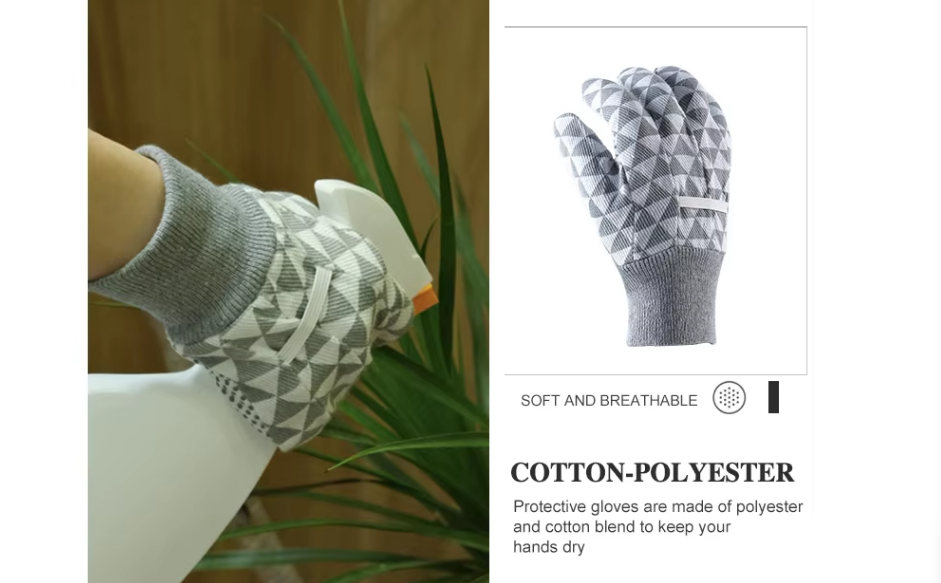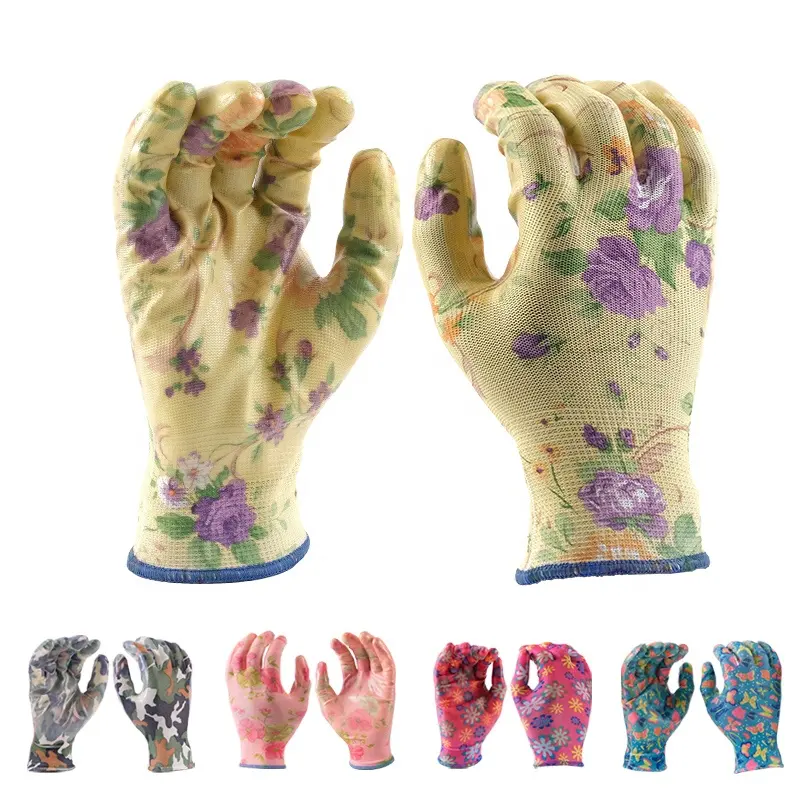
Gardening is relaxing, but it can also be tough on your hands. Scratches, blisters, and dirt under your nails are common issues. The right gloves can protect your hands while keeping you comfortable.
Yes, wearing gloves while gardening is essential. They protect your hands from cuts, blisters, harmful chemicals, and insect bites. The right gloves improve grip and keep your hands clean.
Many gardeners underestimate the risks of working with soil, plants, and tools. Let's explore why gloves are an essential part of gardening safety.
Are gloves necessary for gardening?
Gardening may seem harmless, but without gloves, your hands face many risks.
Gloves are necessary because they protect against sharp objects, soil-borne bacteria, pesticides, and harsh weather conditions.

The risks of gardening without gloves
- Cuts and punctures: Thorny plants, sharp tools, and rough surfaces can injure your hands.
- Infections: Soil contains bacteria and fungi that can cause skin infections or even tetanus.
- Blisters and calluses: Repetitive tasks like digging and pruning can lead to painful blisters.
- Pesticide exposure: Many gardening chemicals can irritate the skin or cause allergic reactions.
Choosing the right gloves for protection
Different gardening tasks require different gloves:
| Task | Recommended Glove Type |
|---|---|
| Pruning roses | Thorn-resistant leather gloves |
| Digging & weeding | Nitrile-coated gloves for grip |
| Handling chemicals | Chemical-resistant rubber gloves |
| General gardening | Breathable fabric gloves |
A good pair of gloves enhances comfort and safety, making gardening more enjoyable.
How do I protect my hands when gardening?
Your hands go through a lot while gardening. Protecting them requires the right approach.
To protect your hands, wear well-fitted gloves, use moisturizing hand creams, clean your hands after gardening, and take breaks to avoid strain.
Best practices for hand protection
- Wear gloves that fit well – Loose gloves reduce dexterity, while tight gloves cause discomfort.
- Use hand cream – Moisturize before and after gardening to prevent dry skin.
- Wash your hands properly – Rinse off dirt and bacteria with soap and warm water.
- Trim your nails – Short nails prevent dirt buildup and reduce breakage.
- Take breaks – Prolonged digging or pruning can strain your hands and lead to soreness.
These simple steps ensure your hands stay healthy and injury-free.

Why use hand gloves in gardening?
Gloves offer more than just protection—they improve your gardening experience.
Wearing gloves prevents hand injuries, enhances grip, and keeps your hands clean, making gardening safer and more efficient.
Key benefits of wearing gardening gloves
- Injury prevention – No more painful scrapes, cuts, or thorn pricks.
- Better grip – Gloves help you hold tools securely, especially in wet conditions.
- Hygiene – Keeps your hands free from dirt, fungi, and harmful chemicals.
- Comfort – Reduces hand fatigue, especially during long gardening sessions.
With the right gloves, you can work longer and more efficiently.
Why do people wear gardening gloves?
People wear gardening gloves for multiple reasons, from safety to hygiene.
Gardeners wear gloves to avoid injuries, maintain hygiene, and improve their grip while handling plants and tools.
Personal preferences and glove choices
Some gardeners prefer lightweight, breathable gloves, while others choose heavy-duty protection. Here’s what influences their choice:
- Material – Leather for durability, nitrile for grip, rubber for chemical resistance.
- Task-specific needs – Thorny plants require reinforced gloves, while delicate planting needs soft fabric gloves.
- Weather conditions – In cold weather, insulated gloves keep hands warm, while breathable gloves are ideal for summer.
Gardening gloves are a personal choice, but they make a significant difference in comfort and safety.
Conclusion
Wearing gloves while gardening protects your hands and enhances your gardening experience. Choose the right gloves for your needs to stay safe and comfortable.
